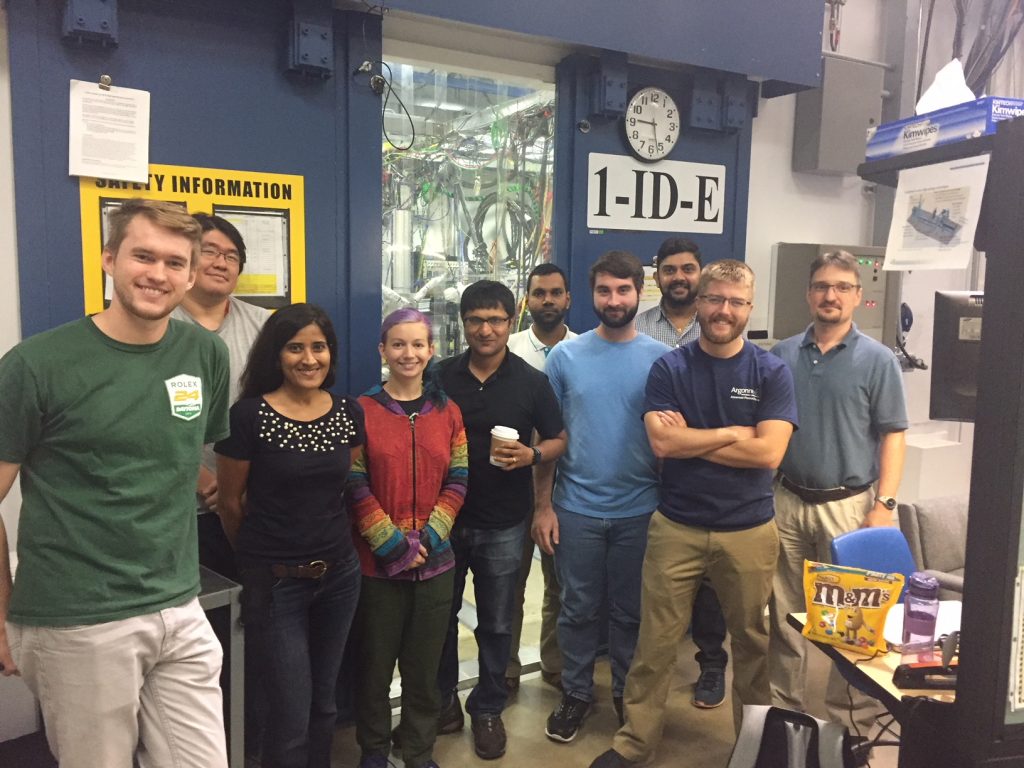Albert Manero wins Fulbright Fellowship to conduct doctoral research at DLR in Cologne, Germany
Field team conducts research using the Advanced Photon Source synchrotron at Argonne National Laboratory
A team of researchers under Dr. Seetha Raghavan and Dr. Ranajay Ghosh has just returned from an experimental campaign at the Advanced Photon Source (APS) at Argonne National Laboratory (ANL). The experiments encompassed three different projects, each making use of the high-energy synchrotron x-rays of the APS to investigate the microstructure and physical properties of thermal barrier coatings (TBCs). TBCs are used to protect components in gas turbine engines from the extreme heat of combustion, and the team is contributing to their advancement in three areas.

Left to right: graduate student Matt Northam, APS beamline scientist Jun-Sang Park, Dr. Seetha Raghavan, graduate student Lin Rossmann, Dr. Ranajay Ghosh, UCF postdoctoral fellow Dr. Sandip Haldar, undergraduate student Zac Stein, DLR postdoctoral fellow Dr. Ravi Naraparaju, graduate student Peter Warren, and APS beamline scientist Peter Kenesei.
The project led by graduate students Matthew Northam and Lin Rossmann encompasses investigating the properties of thermal barrier coatings produced by plasma-spray physical vapor deposition, a new and promising manufacturing method that may be more customizable and cost-effective than the current techniques in industry. This project is in collaboration with Dr. Bryan Harder of NASA’s Glenn Research Center; Matt and Lin visited Glenn in the spring semester to manufacture and begin testing these samples with Dr. Harder.
Postdoctoral fellow Sandip Haldar and graduate student Peter Warren led a Department of Energy-funded study on thermal barrier coatings doped with the rare earth element europium. Rare earth elements fluoresce when stimulated with certain wavelengths of light, and the duration of this fluorescence is dependent on temperature. A major objective of the DoE project is to implement rare-earth-doped TBCs such that the temperature inside an engine can be measured non-destructively and optically. The study performed at ANL will provide insight into how the addition of europium affects the mechanical properties of the TBC.
Undergraduate student Zachary Stein led a study investigating the effects of sand and ash on thermal barrier coatings. Fine debris like sand, dust, and ash causes damage to the TBCs in aircraft engines and shortens the engine lifetime, so understanding the nature of its effects is important to improving future coatings. This project is in collaboration with the German Aerospace Center (DLR), and DLR postdoctoral fellow Dr. Ravi Naraparaju joined the team for a day to discuss the project with Zac and Dr. Raghavan.
The team members from Raghavan Research Group were postdoctoral fellow Sandip Haldar, graduate students Matthew Northam and Lin Rossmann, and undergraduate student Zachary Stein; graduate student Peter Warren is a member of Dr. Ghosh’s research group. The team thanks the scientists at Sector 1 of the Advanced Photon Source who helped them: Dr. Jonathan Almer, Jun-Sang Park, Peter Kenesei, and Ali Mashayehki.
